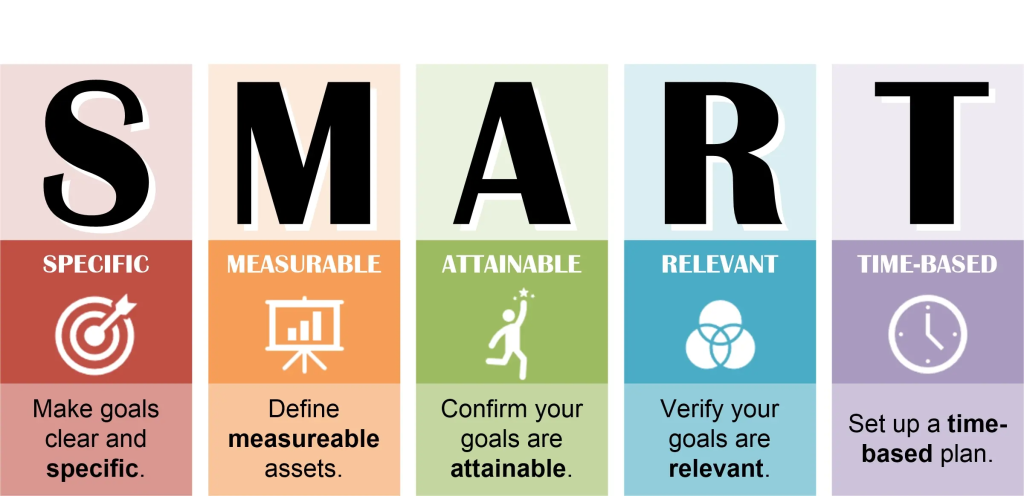A Critical Review of Planning for the Future of Urban Biodiversity: A Global Review of City-Scale Initiatives
The article I chose reviewed 135 plans from 40 global cities to find commonalities and areas of improvement in urban biodiversity planning. This paper reviewed these plans from an ecological perspective focusing on biodiversity and ecosystem services. However, urban ecology is an interdisciplinary topic and a social lens can be valuable for these reviews. Because there is such a high human population in urban areas, it is impossible to plan for biodiversity values alone. This article also does not consider the effectiveness of these plans in their review. Instead, they focus on finding relevant ecosystem attributes and uses of these attributes in urban planning. While it is important to show what planners have been focusing on in the past, it is also important to consider how effective these focuses have been in order to identify areas of improvement.
Most plans incorporated goals to improve ecosystem services and quantity/quality of habitat. Measurable targets for these attributes were only included in a small number of plans. This alarmed me as having measurable goals is very important for enacting meaningful change. If you do not have anything to measure, how will you know if you have succeeded, how will you know if you are done? Something else that caught my attention is that there was mention of species and habitat specific goals but it did not seem to be a main variable for this article. As we have discussed in class many times, planning heavily relies on what species you are managing for. If you do not have a specific species in mind, you may end up just making the land more desirable for the generalists who already live there and not increasing species diversity.

I was happy to see that community engagement is an important component of most plans. As I said earlier, cities are areas of high human population. It is inevitable that human opinions and actions will affect biodiversity. By educating citizens about biodiversity, ecosystem services, and the goals of your plan, we can move together to create a larger impact.
Overall, I think this was an important contribution to urban biodiversity literature. Using a large scale approach to planning assessment highlighted similarities between values of urban planners. In regards to the plans themselves, it is obvious from the findings of this article that plans for urban biodiversity conservation need to become much more specific. While they may be well intentioned, a plan without measurable goals and target species is not effective. Goals need targets in order to ensure their effectiveness and completion. Species specificity is important to ensure actual increase of species diversity.
Charles H. Nilon, Myla F. J. Aronson, Sarel S. Cilliers, Cynnamon Dobbs, Lauren J. Frazee, Mark A. Goddard, Karen M. O’Neill, Debra Roberts, Emilie K. Stander, Peter Werner, Marten Winter, Ken P. Yocom, Planning for the Future of Urban Biodiversity: A Global Review of City-Scale Initiatives, BioScience, Volume 67, Issue 4, April 2017, Pages 332–342, https://doi.org/10.1093/biosci/bix012